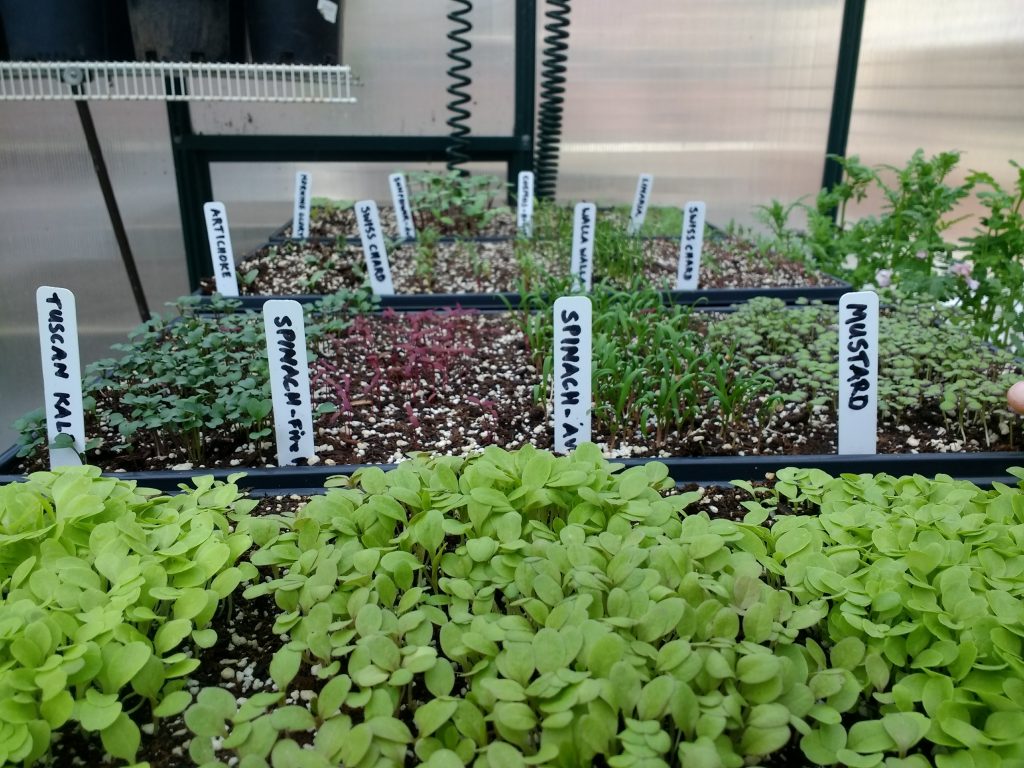Fertilizing, dormant spraying, pruning and starting seeds head the list of February projects. Weather permitting, this can be a great month to get your spring and summer gardening underway.
PERENNIAL VEGETABLES – Rhubarb, horseradish, asparagus and artichokes are among the perennial vegetables that can be planted this month. Plant them along the perimeters of the vegetable garden so they are not in the way as you till or spade each season.
STARTING SEEDS – Late this month and early next are good times to start seeds indoors of summer annuals, perennials, herbs and vegetables. Use a good sterilized soil to start the seeds. Choose a warm, bright spot in which to start them, either in a window or under a full spectrum light fixture.
VEGETABLE SOIL PREPARATION – Weather permitting, February is the month to begin tilling or spading the soil. Do not undertake this project until the soil is dry enough to work. One of the best ways to test the soil is simply take-up a handful of earth, squeeze it in your hand, and if water oozes-out the soil is still too wet to till. Compost, well rotted manure and any other organic matter are excellent additives to mix into vegetable garden soil as you prepare it for planting. This is also the time to turn under your cover crops.
FERTILIZING – Mid to late February is the time to fertilize trees, shrubs and evergreens. Use a rhododendron type fertilizer to feed evergreens like junipers, conifers, broadleaf evergreens, rhododendrons, azaleas and camellias. Use a rose or all-purpose garden type fertilizer to feed roses, fruit and flowering trees, plus other deciduous trees and shrubs. If you use dry type fertilizers, be sure to water-in thoroughly after application.
PRUNING – This is one of the best months of the entire year to prune fruit, flowering and shade trees. Deciduous plants like forsythia, quince, spirea and other early spring flowering shrubs should be pruned a little later, after they have finished flowering. Or, you can cut a few branches early and force them into early bloom in warm water. Basic pruning is done to improve the shape of the plant, open it up for good air circulation and better sun exposure. Always start your pruning by removing all dead, decayed or broken branches. Water sprouts, suckers, and crossed branches can also be removed to improve the appearance of the plant and encourage a better shape. Roses can be pruned late this month or next.
SPRAYING – February is the month to make the last application of winter dormant spray. A combination of lime- sulfur and oil is the mix generally used for dormant spraying. It should only be used on deciduous trees and shrubs like fruit, flowering and shade trees. Spray at a time when the wind is not blowing and when temperatures are above freezing. Lime sulfur is apt to burn leaves and needles, so keep the spray off the foliage of evergreens.
PLANTING AND TRANSPLANTING – Right now is an excellent time to plant or transplant most any garden tree or shrub. Fruit, flowering and shade trees are planted right now during their winter dormant season. Likewise, the various types of berries can be set out now. Both deciduous and evergreen shrubs, including roses can be planted or transplanted this month.
LAWNS – Late this month or early next are good times to feed the lawn with a spring type lawn fertilizer. If moss is problem, use a spring fertilizer that contains a moss killer, so you can do both jobs in one easy application. A follow-up application of dolomite lime will help sweeten the soil.
COLD WEATHER – Remember, many years the coldest weather of the entire year occurs between February 1st and March 1st, so it is important to keep an eye on weather forecasts. If exceptionally cold weather is forecast, you can provide some protection to early flowering or tender plants by covering them with some type of cloth material. Remove the covering as soon as the weather moderates again.
February is an excellent month to get your spring gardening underway.
Seeds to start indoors in February:
-
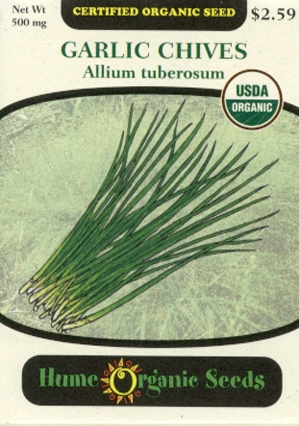 Garlic Chives$2.59
Garlic Chives$2.59 -
 Endive-Escarole – Gourmet Blend$2.29
Endive-Escarole – Gourmet Blend$2.29 -
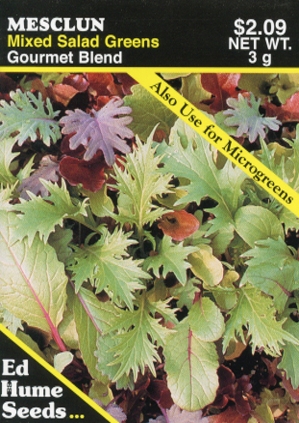 Lettuce – Mesclun, Mixed Salad Greens, Gourmet Blend$2.09
Lettuce – Mesclun, Mixed Salad Greens, Gourmet Blend$2.09 -
 Lettuce – Grand Rapids$1.99
Lettuce – Grand Rapids$1.99 -
 Kale – Dwarf Siberian$2.09
Kale – Dwarf Siberian$2.09 -
 Kale – Blue Curled Scotch$2.09
Kale – Blue Curled Scotch$2.09 -
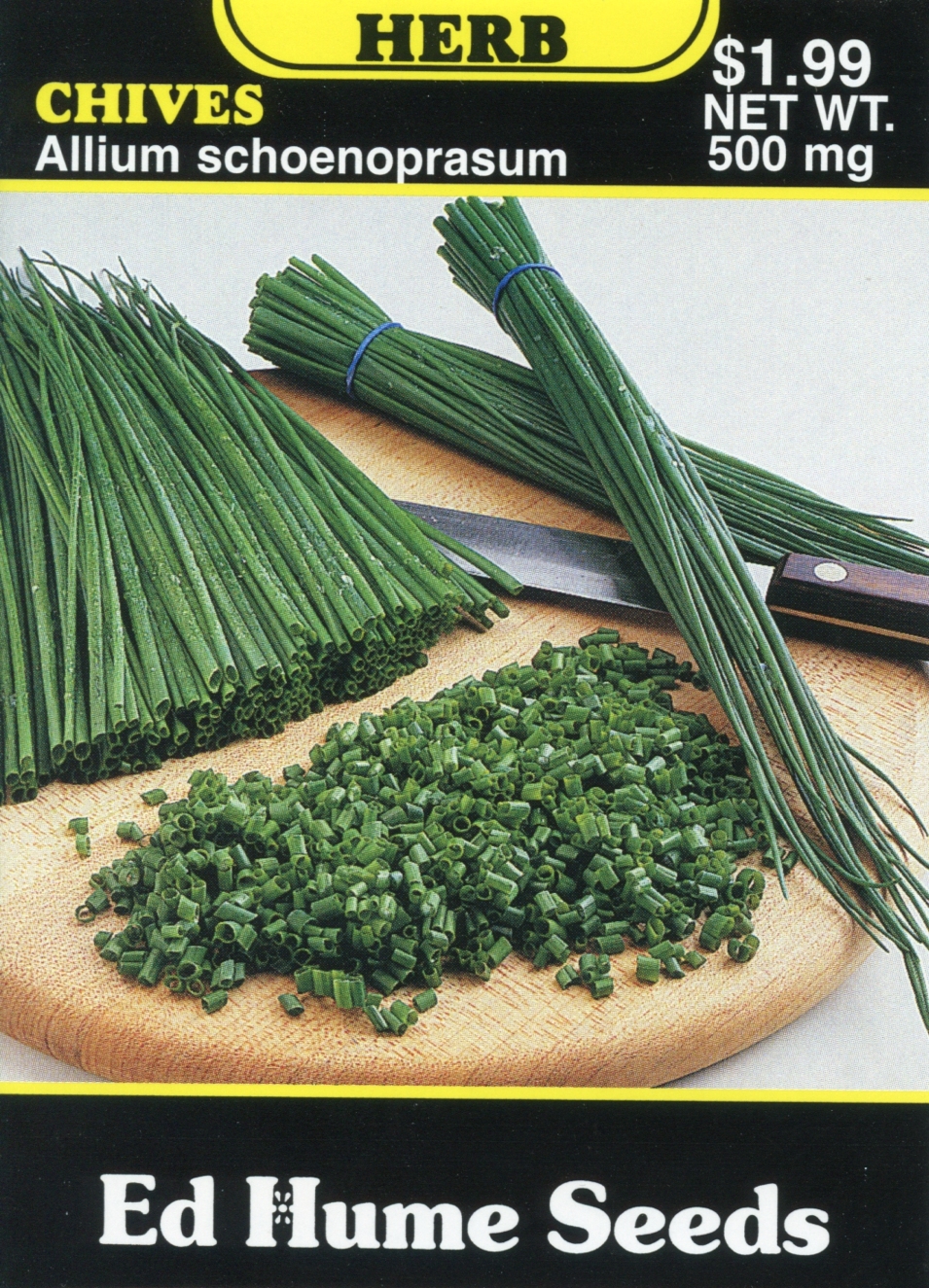 Chives – Allium schoenoprasum$1.99
Chives – Allium schoenoprasum$1.99 -
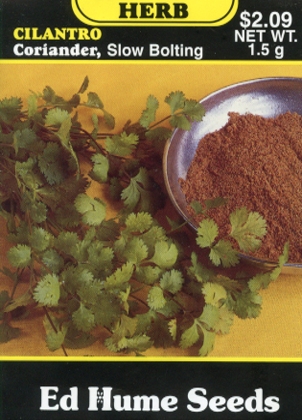 Cilantro – Coriander, Slow Bolting$2.09
Cilantro – Coriander, Slow Bolting$2.09 -
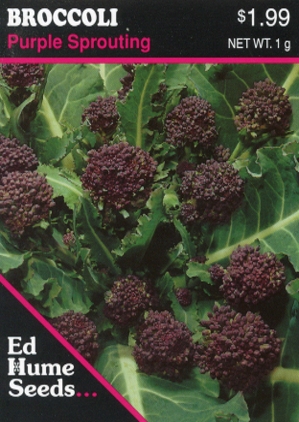 Broccoli – Purple Sprouting$1.99
Broccoli – Purple Sprouting$1.99 -
 Broccoli – Green Sprouting Calabrese Organic$2.59
Broccoli – Green Sprouting Calabrese Organic$2.59 -
 Cauliflower – Early Snowball$1.99
Cauliflower – Early Snowball$1.99 -
 Gourmet Herb Mix$1.99
Gourmet Herb Mix$1.99
